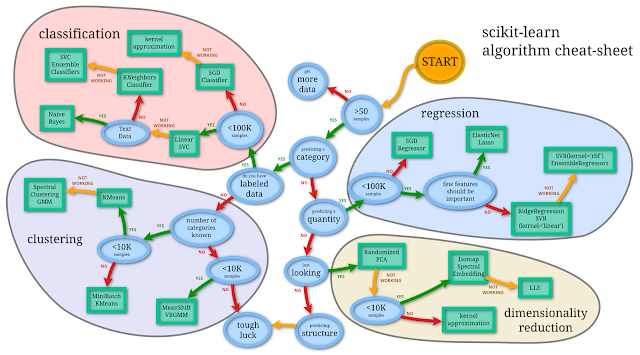Don't fund Software that doesn't exist
I’ve been happy to see an increase in funding for open source software across research areas and across funding bodies. However, I observed that a majority of funding from, say, the NSF, goes to projects that do not exist yet, and where the funding is supposed to create a new project, or to extend projects that are developed and used within a single research lab. I think this top-down approach to creating software comes from a misunderstanding of the existing open source software that is used in science. This post collects thoughts on the effectiveness of current grant-based funding and how to improve it from the perspective of the grant-makers. Instead of the current approach of funding new projects, I would recommend funding existing open source software, ideally software that is widely used, and underfunded. The story of the underfunded but critically important open source software (which I’ll refer to as infrastructure software) should be an old tale by now. If this is news to...
